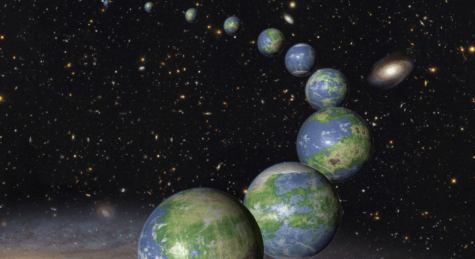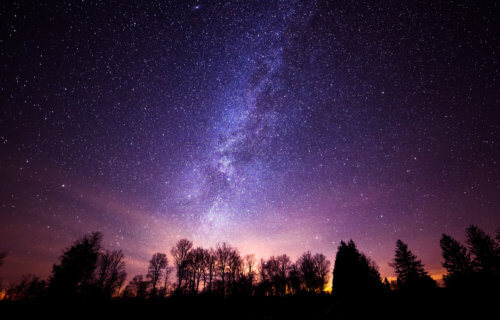COPENHAGEN, Denmark — New discoveries reveal the Milky Way might be swarming with planets containing oceans and continents like on Earth. Data suggests all planets in our galaxy once contained water during formation that could point to the exact locations of other life forms outside the solar system.
The previous assumption was that planets like Earth get their water by chance if a large ice asteroid hits. Now, researchers from the University of Copenhagen reveals data to show Earth actually grew by capturing masses of pebbles filled with ice and carbon which are known to orbit around all young stars in the galaxy.
According to the computer model, the building blocks gathered together and became as large as the Earth is today in just five million years.
“All our data suggest that water was part of Earth’s building blocks, from the beginning. Because the water molecule is frequently occurring, there is a reasonable probability that it applies to all planets in the Milky Way,” says study leader Anders Johansen, from the GLOBE Institute, in a statement.

“The decisive point for whether liquid water is present is the distance of the planet from its star. Up to the point where Earth had grown to 1% of its current mass, our planet grew by capturing masses of pebbles filled with ice and carbon. Earth then grew faster and faster until it became as large as we know it today. This occurred over five million years,” says Johansen.
“At some point, the temperature on the surface rose sharply, causing the ice in the pebbles to evaporate on the way down to the surface so that, today, only 0.1% of the planet is made up of water, even though 70% of Earth’s surface is covered by water. All planets in the Milky Way may be formed by the same building blocks, meaning that planets with the same amount of water and carbon as Earth occur frequently around other stars in our galaxy, provided the temperature is right. These could be potential places where life may be present,” Johansen adds.
The data shows the possibility that other planets, which had the same building blocks and temperature conditions as Earth, may have about the same amount of water and continents as our planet. “With our model, all planets get the same amount of water, and this suggests that other planets may have not only the same amount of water and oceans, but also the same amount of continents as here on Earth. It provides good opportunities for the emergence of life,” explains professor Martin Bizzarro, co-author of the study.
According to one recent study, some ocean planets, with no landmass, may even be largely populated with alien maritime life.
“A planet covered by water would of course be good for maritime beings, but would offer less than ideal conditions for the formation of civilizations that can observe the universe,” Professor Johansen added.
The next steps will be to use the next generation of space telescopes to observe how much water vapor is on exoplanets orbiting a star other than the Sun. Nevertheless, researchers may be a step closer to finding life in the universe.
The study is published in the journal Science Advances.
SWNS writer Joe Morgan contributed to this report.
